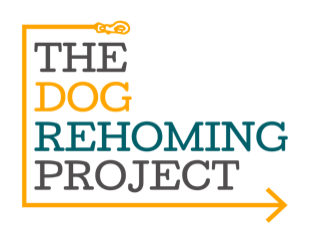
Rehoming Organizations’ Adopter Screenings
Can This Dog Be Rehomed to You?
A Qualitative Analysis and Assessment of the Scientific Quality of the Potential Adopter Screening Policies and Procedures of Rehoming Organisations
Griffin, K. E., John, E., Pike, T., & Mills, D. S.
Summary of the results of this study:
As part of potential dog adopter screening procedures, rehoming organizations aim to gather a wide range of information about potential adopters, including factors pertaining to their lifestyles and home environments. They collect this information via three assessment means: questionnaires, interviews, and pre-adoption home visits; an organization may use one or more of these means as part of their screening process. We identified 37 such characteristics that rehoming organizations reported as being most important or highly valued; 31 of those could lead a potential adopter to be deemed unable or unsuitable or adopt any dog. However, evidence in the scientific literature pertaining to an increased risk for dog relinquishment or human safety risk could only be found for eight of those characteristics. Of those, four characteristics were associated with both an increased risk for relinquishment and a human safety risk. Those four characteristics all pertained to ages of children in the home. This evidence suggests that households with young children, specifically children <5 years old, are more likely to relinquish their dog and/or have young children who have sustained a serious injury from their dog (i.e. an injury that necessitated them to seek medical care). The other four characteristics are associated with just an increased risk for relinquishment; these pertain to an adopter not having sufficient financial means to provide care for their dog, living in a flat or apartment, being <21 years old, or having kennels or outside buildings/requiring their dog to live outdoors. The inclusion of some of the characteristics could be for the purpose of ensuring a good quality of life for a dog, but at present there is a lack of relevant research investigating this. Additionally, it may be that more of these characteristics are associated with an increased risk for relinquishment or human safety risk, but potential associations have not yet be evaluated in the scientific literature.
What do the results of this study mean to shelters and rehoming organizations?
Organizations seem to invest considerable resources in screening potential adopters, but there is limited scientific, and sometimes logical, rationale for this. Moreover, there is concern over the quality of the screening processes, which show little evidence of quality control measures. Due to these considerations, with specific attention being paid to the fact that evidence could only be found to potentially justify the inclusion of less than a quarter of the characteristics about a potential adopter that organizations report as being most important, we suggest that organizations relax their strict screening criteria. Instead we suggest that organisations focus their resources pre-adoption on ensuring potential adopters are fully prepared for the changes in their life associated with the inclusion of a new dog in their home (i.e. ensuring adopters have appropriate expectations), and post-adoption organizations should continue to offer support as adopters adjust to having their new dog (e.g. veterinary resources, appropriate dog behavioural support). We do not recommend that potential adopters who may be more at risk (i.e. those to which the eight characteristics pertain) be not permitted to adopt a dog, but rather that they are given a particularly high level of pre-adoption and post-adoption support. For example, pre-adoption households with young children should be given necessary resources and education on how to foster and manage appropriate interactions between children and dogs, in order to mitigate the safety risk and increase the likelihood that the dog will remain in the home. This support should continue post-adoption, with organizations following up with adopters and providing further tools and guidance if necessary, such as with the recommendation of dog training classes.
Click here to read the full article.
Have more questions about this study? Contact the authors here:
kgriffin@lincoln.ac.uk
